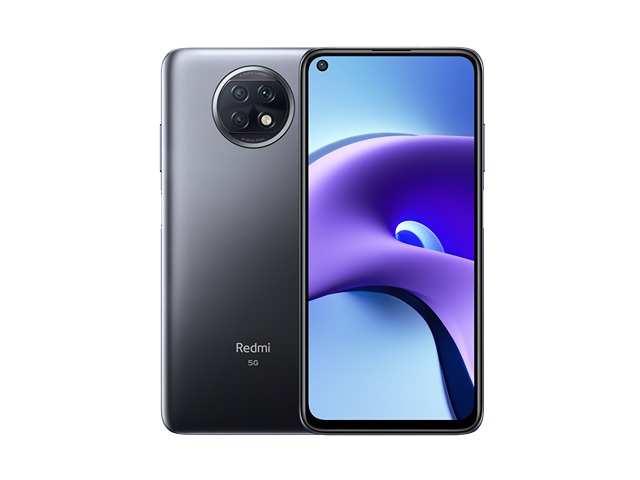Your Xiaomi Redmi Note 9T Review to Find the Required Advice
Do you wish to know the NFC’s meaning? Have you read Xiaomi Redmi Note 9T review and catalog and noticed some hazy things? If you want answers to these questions, and many more about Xiaomi Redmi Note 9T specifications, then you are in the right place.
Xiaomi Redmi Note 9T model status in the market is Available. However, it is announced by Xiaomi company on 1/8/2021 and Released in 2021, on January 18.
Xiaomi Redmi Note 9T has 64GB 4GB RAM, and 5000 mAh battery life (the more mAh value gives more strength to the battery). When you purchase Xiaomi Redmi Note 9T, you will gain a 48 MP, f/1.8, 26mm (wide), 1/2.0″, 0.8µm, PDAF rear camera, and 8 MP, f/1.8, (wide) selfie camera.
Xiaomi Redmi Note 9T comes with a 6.53 inches, 104.7 cm2 display size and Corning Gorilla Glass 5 as a display protection that is designed to conserve the screen when the phone falls on hard and rough surfaces.
Xiaomi Redmi Note 9T has these software and hardware platforms:
* Android 10, MIUI 12 OS,
* MediaTek MT6853 Dimensity 800U (7 nm) Chipset
* Octa-core (2×2.4 GHz Cortex-A76 & 6×2.0 GHz Cortex-A55) Processor.
In this article, you will find Xiaomi Redmi Note 9T review which will sort out the main Xiaomi Redmi Note 9T specifications that you need to make a wise decision about your new smartphone.
Understanding The Body Specs By Reading Xiaomi Redmi Note 9T Review
cellular phone’s body characteristics are very important to be taken into account while intending to buy a new device. These features are the body dimensions, the body weight, and the body build. In these following lines, you will read the Xiaomi Redmi Note 9T review in terms of body characteristics.
* Body Dimensions: 161.2 x 77.3 x 9.1 mm (6.35 x 3.04 x 0.36 in) which means height, width, and thickness (depth) respectively.
* Body Weight: 199 g (7.02 oz).
Any weight between 140g and 170g is considered suitable for smartphones and is good for the majority of customers.
* Body Build: Glass front (Gorilla Glass 5), plastic back, plastic frame.
You could find the following types of smartphone bodies:
* Metal. It is the strongest one in terms of saving the devise components, that’s because it’s made of metals.
* Plastic. Because it doesn’t bend, this type could be sturdy than metal. Also, It works for a longer period of time than a glass one because it doesn’t break easily.
* Glass. In spite of the brittle nature of glass making it more breakable, this type of cellular phone’s body looks more polished and appealing.
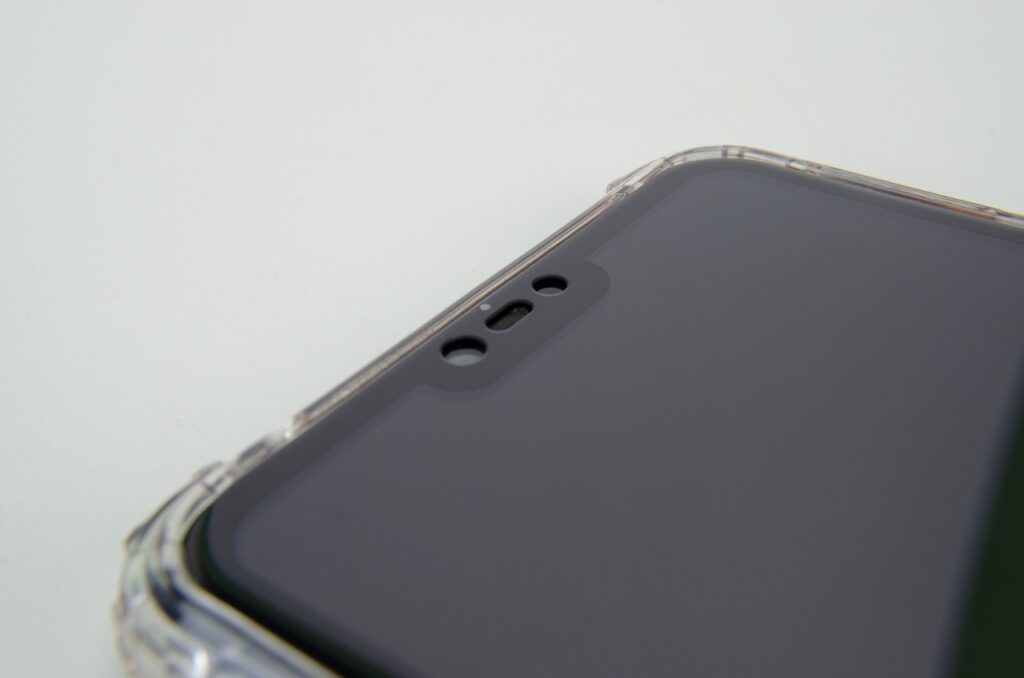
How to Choose Your Best Color? Xiaomi Redmi Note 9T Review
Modern mobile phones come in a variety of colors. Companies are also experimenting with gradient colors in addition to solid color devices.
Xiaomi Redmi Note 9T comes in the following colors: Nightfall Black, and Daybreak Purple.
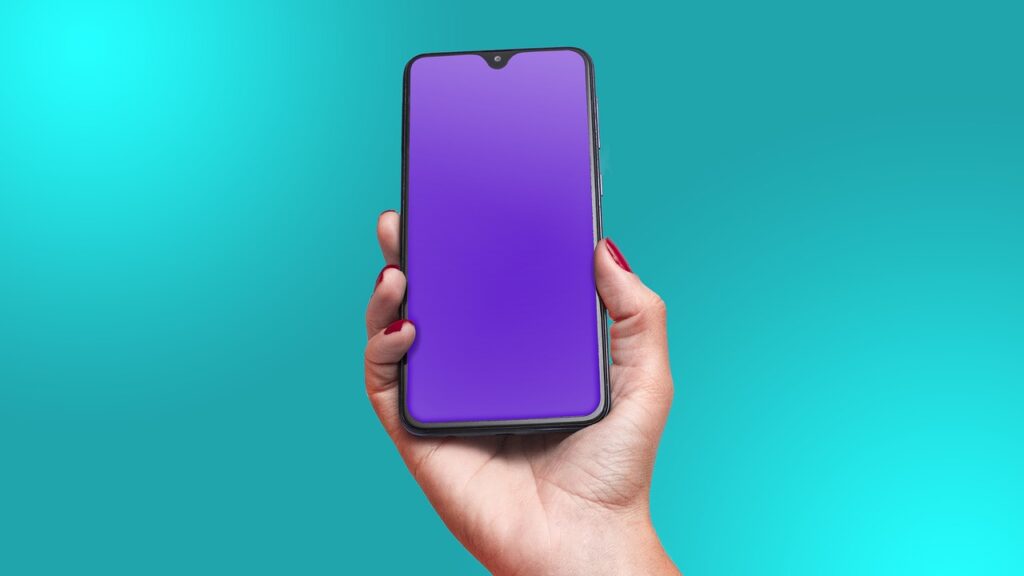
Xiaomi Redmi Note 9T Review – Understanding Display Terms
As cellphones innovations evolve quickly, it is hard to identify any cellphone or combination of characteristics as the best. This applies to the quality and specs of the screen. In fact, choosing it depends on your personal need and the areas in which you use cell phones. In the following lines, we will sort out the fundamental screen features of the Xiaomi Redmi Note 9T
Display Type: IPS LCD – Always select a screen type that gives actual black and more shining colors.
Display Size: 6.53 inches, 104.7 cm2 – The common standard screen size of smartphones now averages between 4.7 and 6.5 inches.
Display Nits Brightness: 450 nits (typ).
Display Nits Full: 450 nits (typ),.
Screen To Body Ratio: (~84.0% screen-to-body ratio). It refers to the percentage of how much of the front face is covered by the display.. Smartphones that have the largest screen-to-body ratio look delicate and give it a premium look.
Display Ratio: 19.5:9 ratio. the Aspect ratio is the relevance between the height and width of the smartphone screen. Taller aspect ratios like 19.5:9 is coming with the most modern smartphones, and it is suitable for web browsing, and other portrait orientation apps.
Display Resolution: 1080 x 2340 pixels. It is the clarity of an image video in detail and sharpness. The pixel resolution for high-definition screens is 1920 x 1080.
Display Density: (~395 ppi density). It is the number of physical pixels per inch on a screen and is measured in Pixels Per Inch (ppi).
Display Protection: Xiaomi Redmi Note 9T comes with the following display protection:
* Corning Gorilla Glass 5
* Corning Gorilla Glass 5.

No More Camera Specifications Confusing – Xiaomi Redmi Note 9T Review
In the following lines, you will find Xiaomi Redmi Note 9T review about the main cameras.
* Main Camera Single: {48 MP, f/1.8, 26mm (wide), 1/2.0″, 0.8µm, PDAF}.
Here are explanations about some of the symbols included in the camera spec:
MP (Megapixels) is the resolution of the image taken by a cellphone.
(f value) is the aperture of a lens that indicates how much light it lets in? The larger the aperture, the more light is let in; and vice versa.
(mm value) This measurement is of the lens’s focal length, which affects the final image that is produced by your camera.
AutoFocus (AF) is the function of a camera to automatically focus on a subject.
* Main Camera Dual: 2 MP, f/2.4, (macro)
* Main Camera Triple: 2 MP, f/2.4, (depth)
The main camera features are as follows:
HDR, panorama, 4K@30fps, 1080p@30/60fps main video camera.
Here is the Xiaomi Redmi Note 9T review of the selfie camera:
* Selfie Camera Single: 8 MP, f/1.8, (wide)
The main camera specs are:
1080p@30fps Selfie video camera.
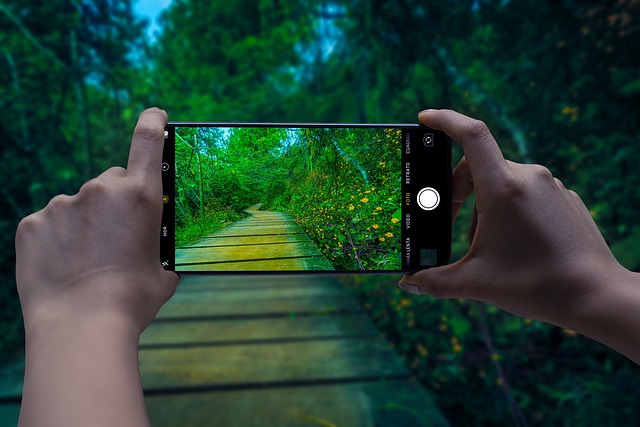
What’s The SIM card? Xiaomi Redmi Note 9T Review
A SIM card, also known as a Subscriber Identity Module, is an electronic card that stores information including user identity, phone number, network authorization data, personal security keys, and contact lists. A SIM card connects a cellphone to a specific mobile network to use its features, like making calls, and connecting to internet services such as 3G, 4G LTE (please refer to Xiaomi Redmi Note 9T 3G or Xiaomi Redmi Note 9T 4G articles ) and 5G, or sending SMS messages. Please note that it’s possible to use your mobile phone without a SIM card as a personal assistant device.
This cellphone model comes with Dual SIM (Nano-SIM, dual stand-by) card. For more information, refer to How to insert SIM card in Xiaomi Redmi Note 9T article.
Here are the common SIM card kinds:
* Nano-SIM. This removable SIM card size is the smallest available one, so it is the most modern one (other than eSIMs, which we’ll talk about it very soon) and most current smartphones are using it.
* Micro SIM. They have a little bit larger chip, and they’re seldom been used in recent years.
* Standard SIM (Mini-SIM). It is the biggest SIM card size in use, and it’s the most seldom used.
* eSIM. It is an embedded SIM card, meaning that you can’t remove it from your mobile phone.

Xiaomi Redmi Note 9T Review of The Performance
This model has MediaTek MT6853 Dimensity 800U (7 nm) chipset.
A chipset on a cellphone is most usually termed a system-on-chip (SoC). It is an integrated circuit that combines all the basic parts of a device on one chip. The most popular types are QUALCOMM Snapdragon, MEDIATEK CHIPSETS, and INTEL ATOM.
Xiaomi Redmi Note 9T has Octa-core (2×2.4 GHz Cortex-A76 & 6×2.0 GHz Cortex-A55) CPU.
The performance of the CPU will be improved if the CPU has more cores and a higher speed of processing.
Xiaomi Redmi Note 9T has the following GBU (Graphics Processing Unit): Mali-G57 MC3.
This chip is responsible for processing and accelerating all graphics jobs, and the faster the GPU, the more powerful the cellphone will be.

Xiaomi Redmi Note 9T Review of the Storage Specs and Capacity
The quantity of storage that a new cellphone provides is one of the fundamental decision considerations… Actually, Xiaomi Redmi Note 9T comes with a microSDXC memory card slot, and the following internal memory: 64GB 4GB RAM – 128GB 4GB RAM – 128GB 6GB RAM
There are two types of phone memory:
Internal: It is integrated inside the phone, and can’t be expanded. These days, most smartphones come with an internal memory of at least 32GB or 64GB and a few high-end models feature 256GB or 512GB.
External: It is a removable SD card used as extra storage to save photos, music, videos, etc., regardless of the kind of SD card slot.
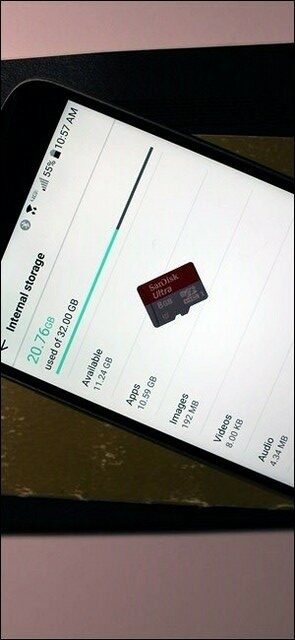
Mobile Networks and Connectivity – Xiaomi Redmi Note 9T Review
Mobile networking refers to technology that can provide voice and/or data network connections using wireless solutions. There are 3 kinds of mobile networks in use: 3G, 4G (LTE), and 5G. All of it is supported by the most modern cellular phones. However, 5G has been innovated with an enhanced capacity to enable next-generation user experiences, empower new deployment models, and deliver extra services.
Xiaomi Redmi Note 9T supports the following networks: 3G. For more info, refer to Xiaomi Redmi Note 9T 3G article. – 4G. For more info, refer to Xiaomi Redmi Note 9T 4G article.

Read About Wireless Connections – Xiaomi Redmi Note 9T Review
This model comprises the following wireless communications:
* WLAN connection: {Wi-Fi 802.11 a/b/g/n/ac, dual-band, Wi-Fi Direct, hotspot}. Wireless Local Area Network depends on Wi-Fi to connect to the home or office wireless network using the local router and provides Internet access.
* Bluetooth connection: {5.1, A2DP, LE}. It is a common wireless communication protocol used to connect two devices together over short ranges, allowing them to share data between different devices.
* GBS connection: {Yes, with A-GPS, GLONASS, GALILEO, BDS}. Global Positioning System allows cellphones to determine any position you need.
* NFC connection: {Yes}.Near Field Communication is a wireless technology that allows your phone to transfer data to another device when they’re close together, so it’s generally used for contactless payments. For more information, refer to NFC on Xiaomi Redmi Note 9T article.
* USB connection: {USB Type-C 2.0}.Universal Serial Bus is wired technology that allows users to connect two devices, such as a smartphone with a PC, to either transfer data or charge the connected device.
* Features Sensors: {Fingerprint (side-mounted), accelerometer, gyro, proximity, compass}. The sensor is a device that detects and majors the changes in the nearby environment such as ambient light and motion.

The Operating System – Xiaomi Redmi Note 9T Review
This model comes with {Android 10, MIUI 12} operating system.
PHONE Review – The Battery Main Specifications
Nothing is more important than the battery of the smartphone that keeps these gadgets running and keeping daily life working. In the following lines, you’ll see the Xiaomi Redmi Note 9T review of its primary battery.
* Battery Technology: {Li-Po}.
* Xiaomi Redmi Note 9T comes with {a non-removable} battery.
* Battery Capacity: {5000} mAh. It refers to the amount of storage volume a particular battery is able to provide. A battery with a 3100 mAh capacity rating could supply a current of 3100 mA for one hour. Higher mAh ratings for the same battery type will generally mean more working time.
* Battery Charging: {Fast charging 40W}.
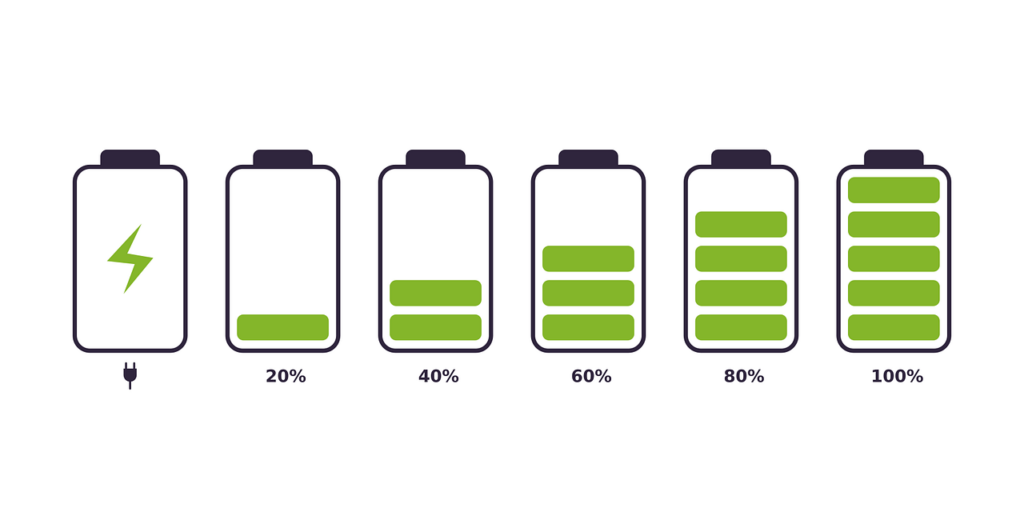
Xiaomi Redmi Note 9T Review of the Battery Secondary Specs
In addition to the major Xiaomi Redmi Note 9T specs that we mentioned earlier, this model has more battery-related characteristics that are relatively varied depending on the type of cellphone. These specifications are as follows:
* Battery Charging Original: {Fast charging 18W, 33% in 30 min}.
* Battery Wireless Charging: {Fast wireless charging 27W}.
* Battery Wireless Reverse Charging: {Reverse wireless charging}.


